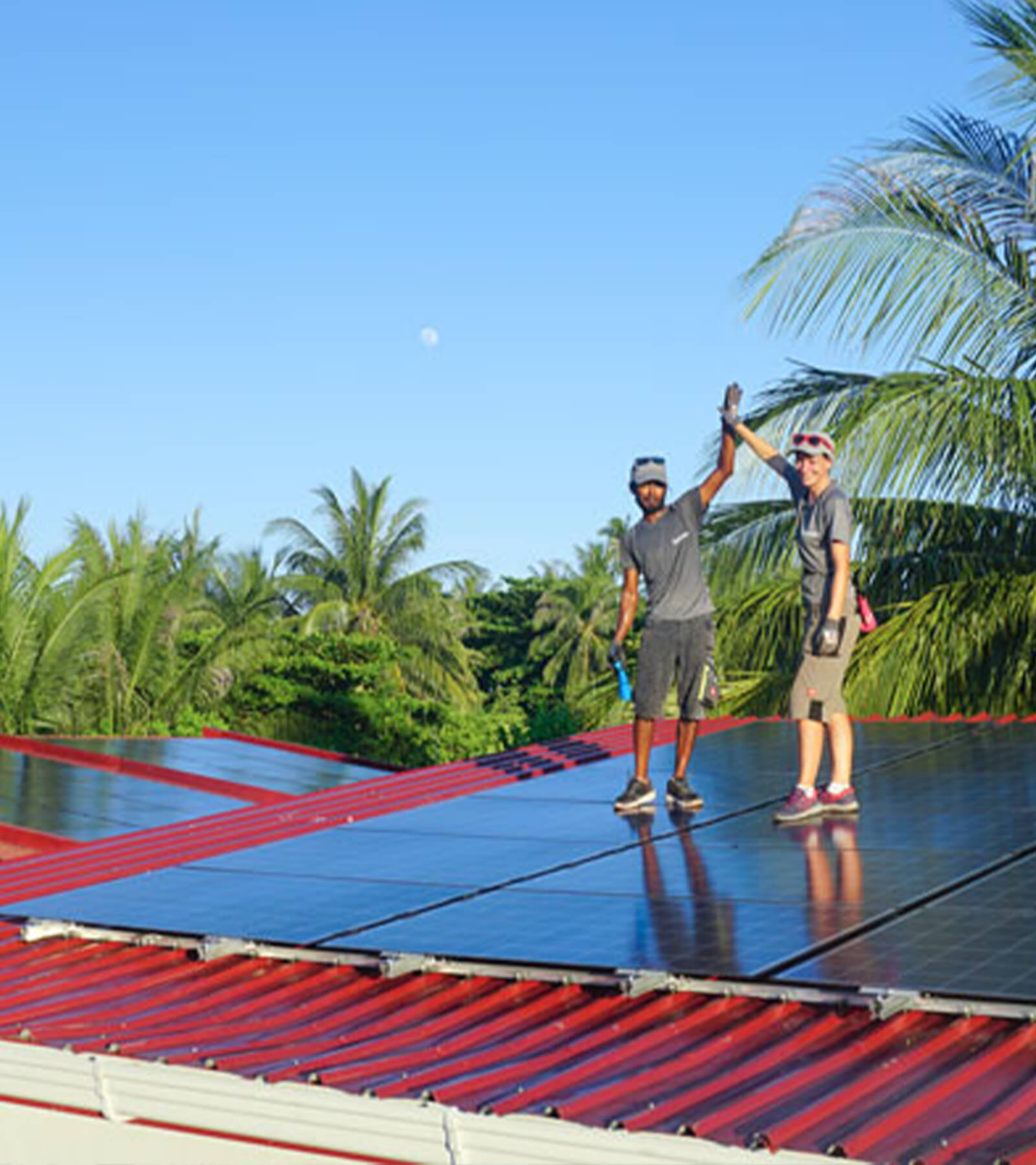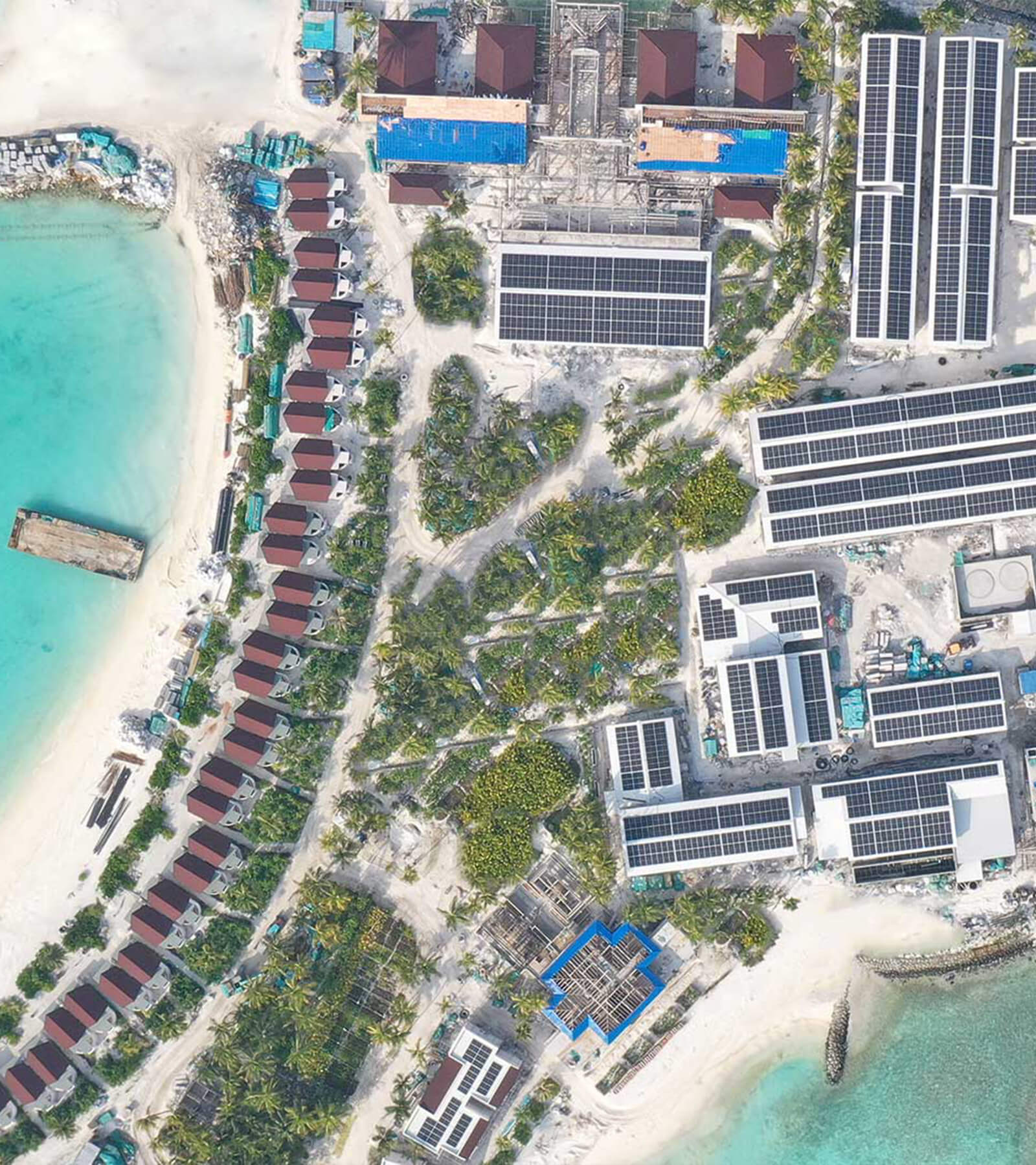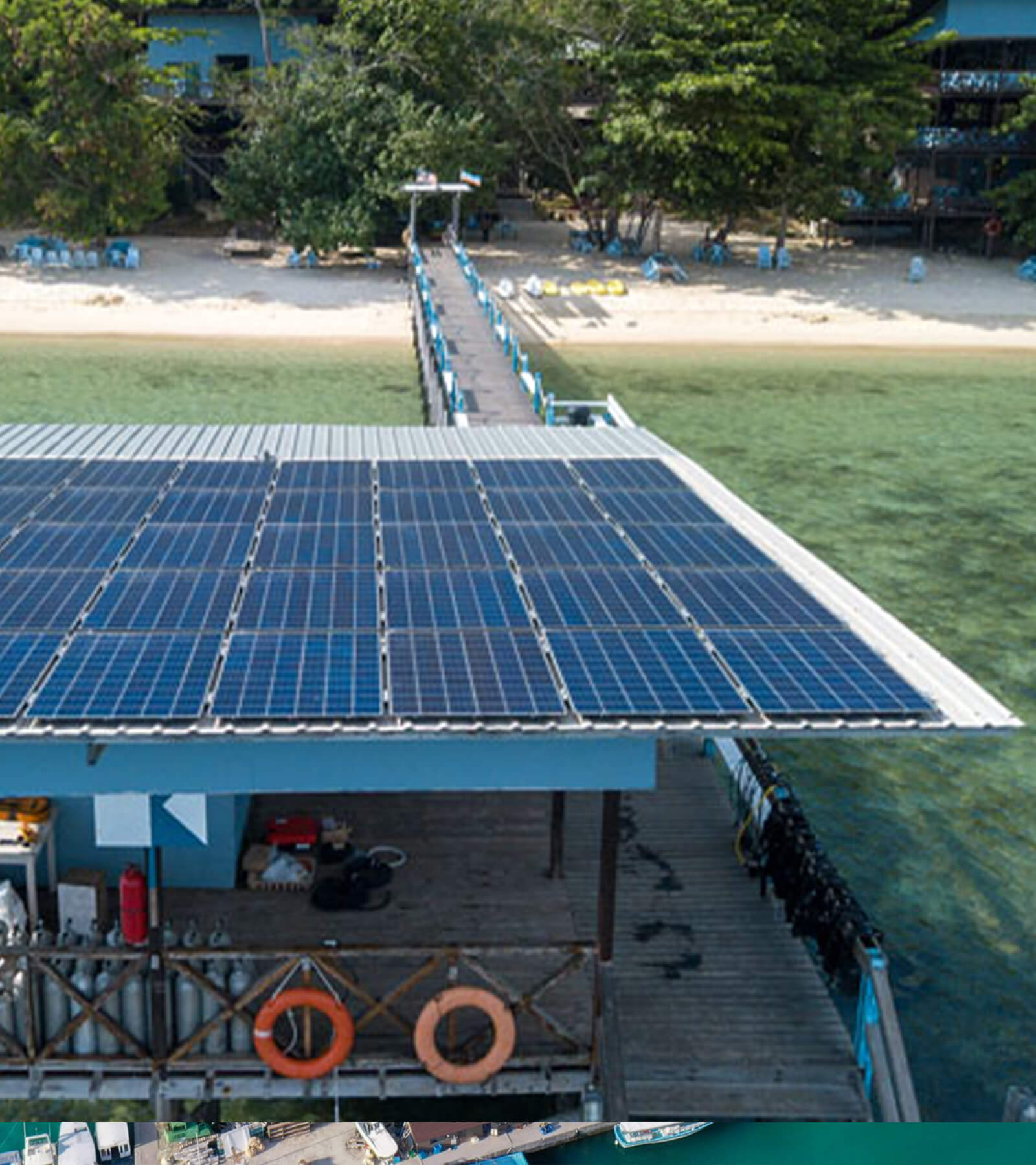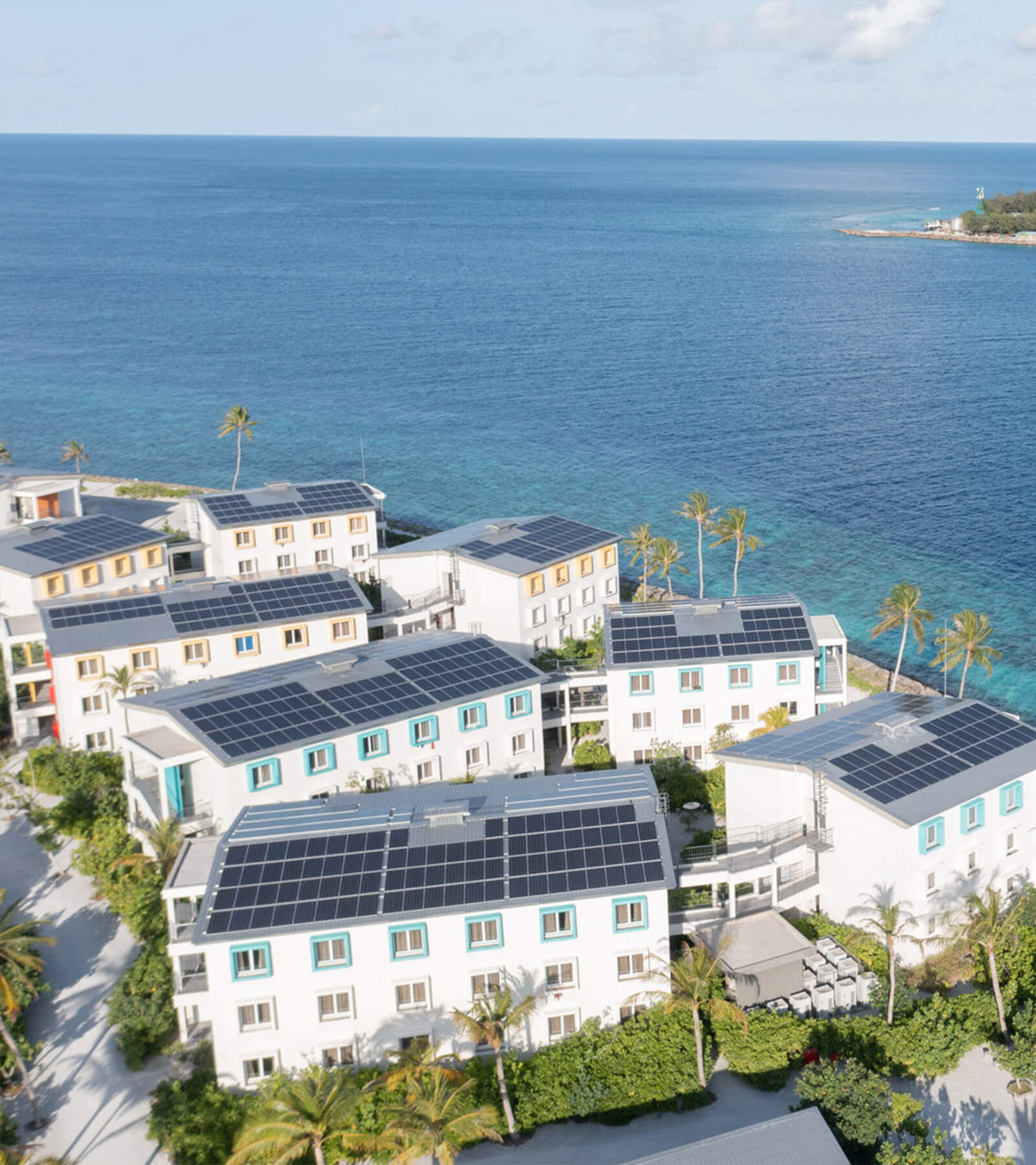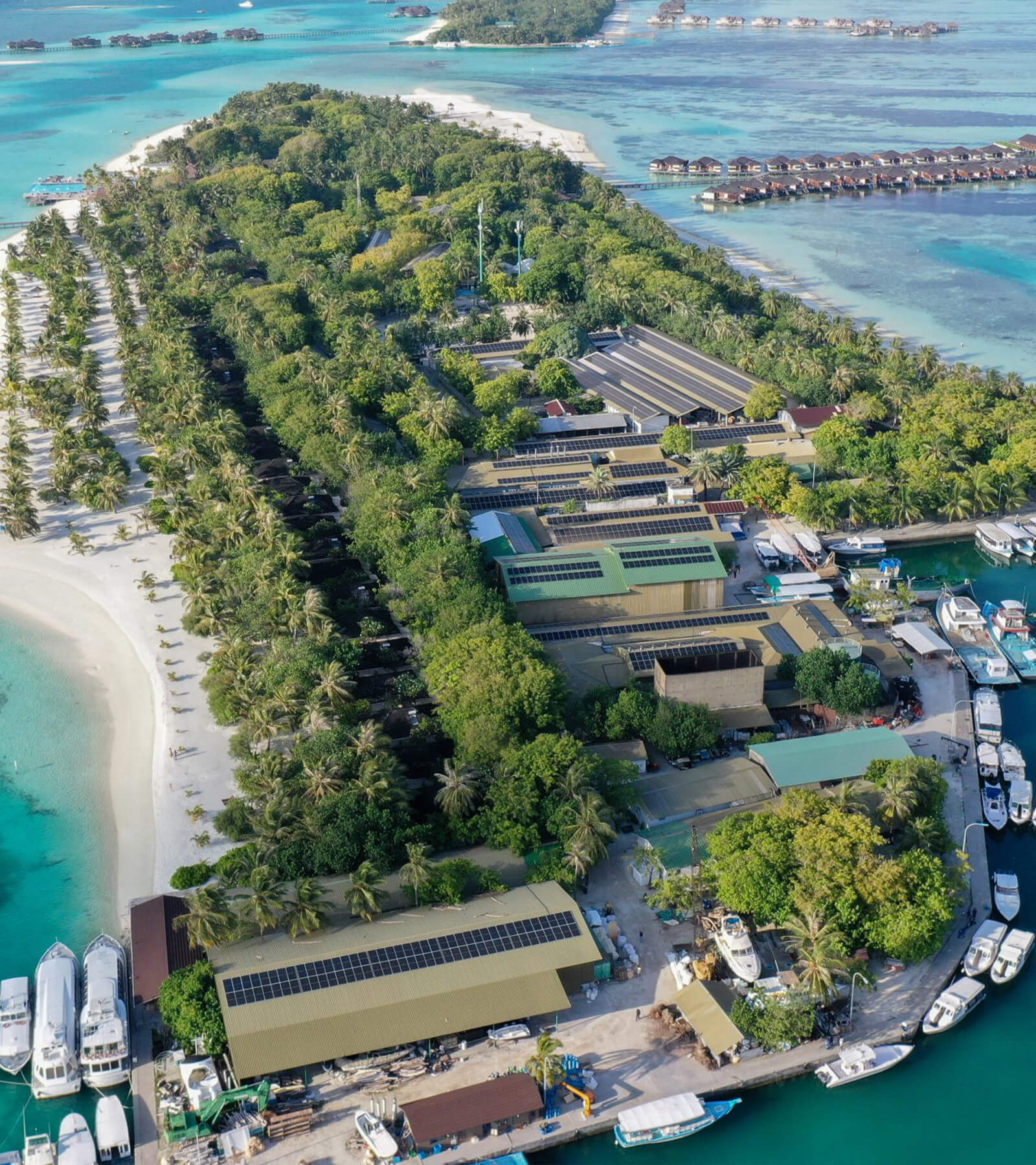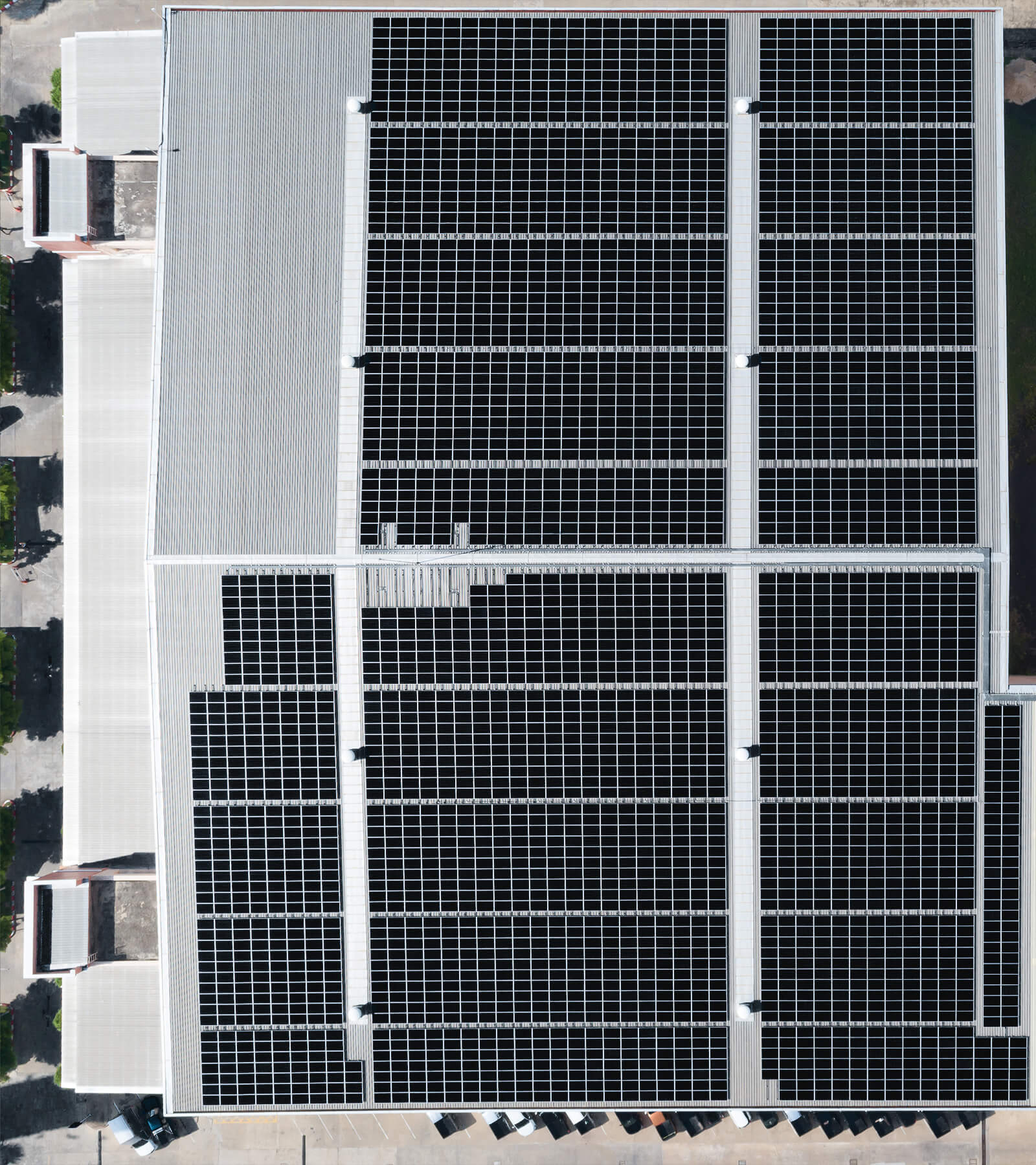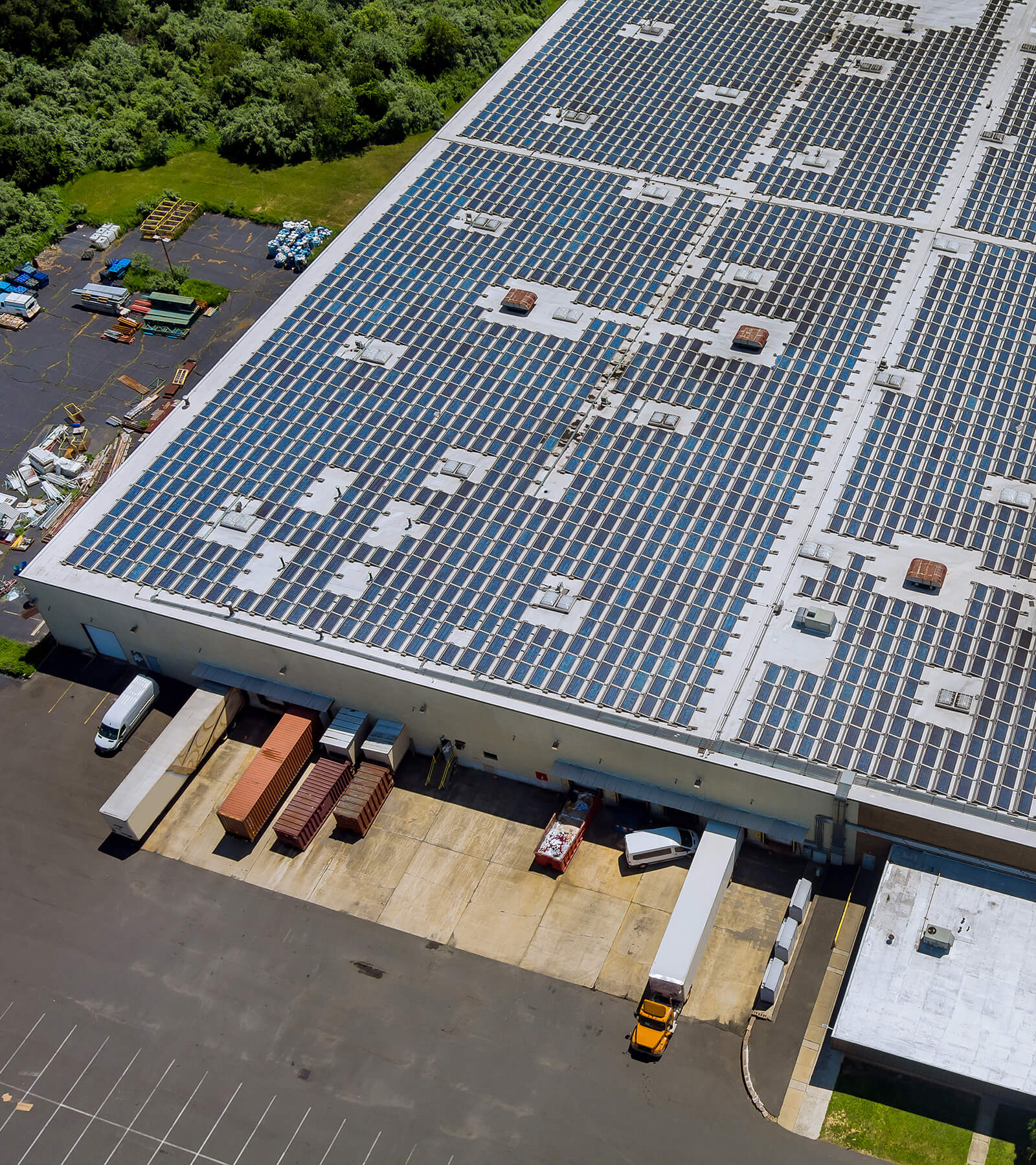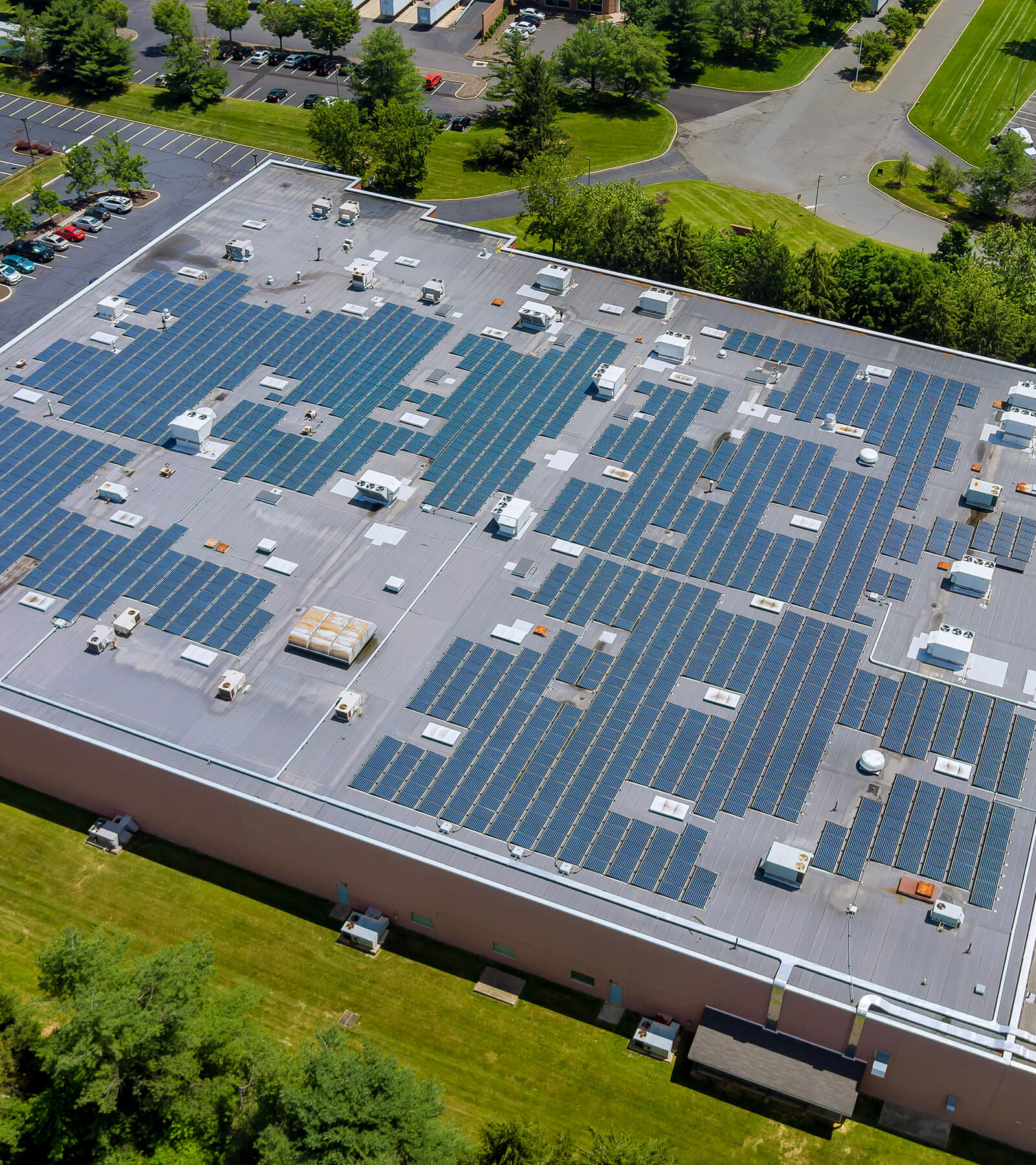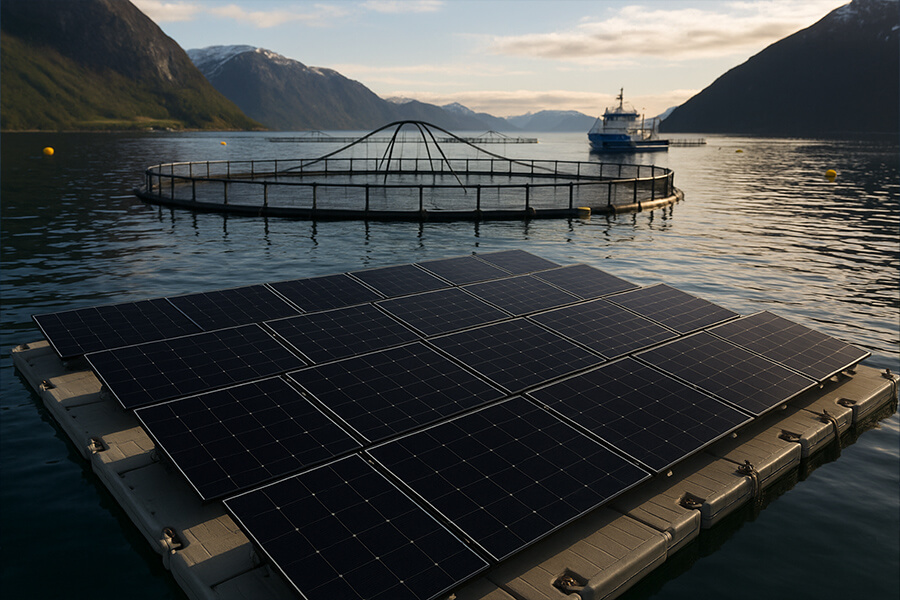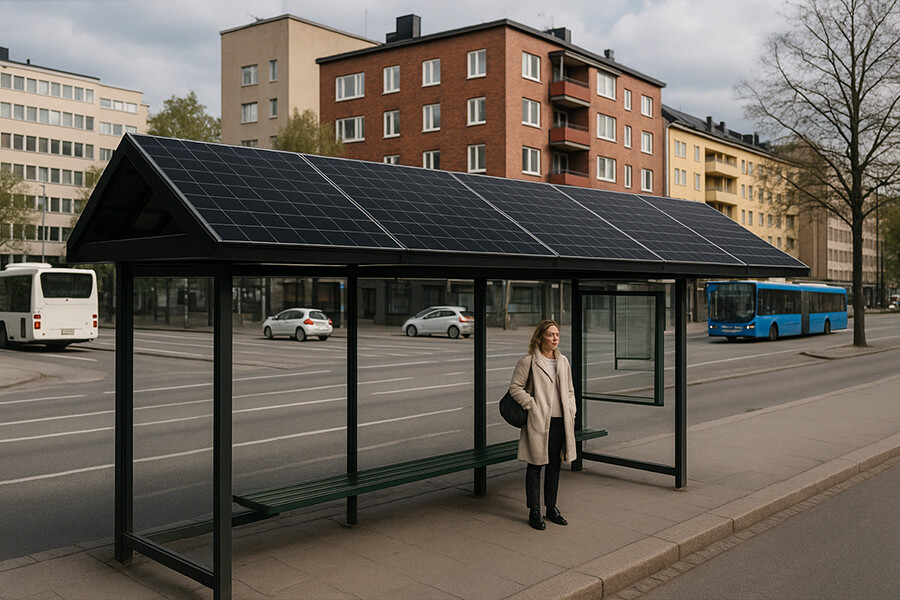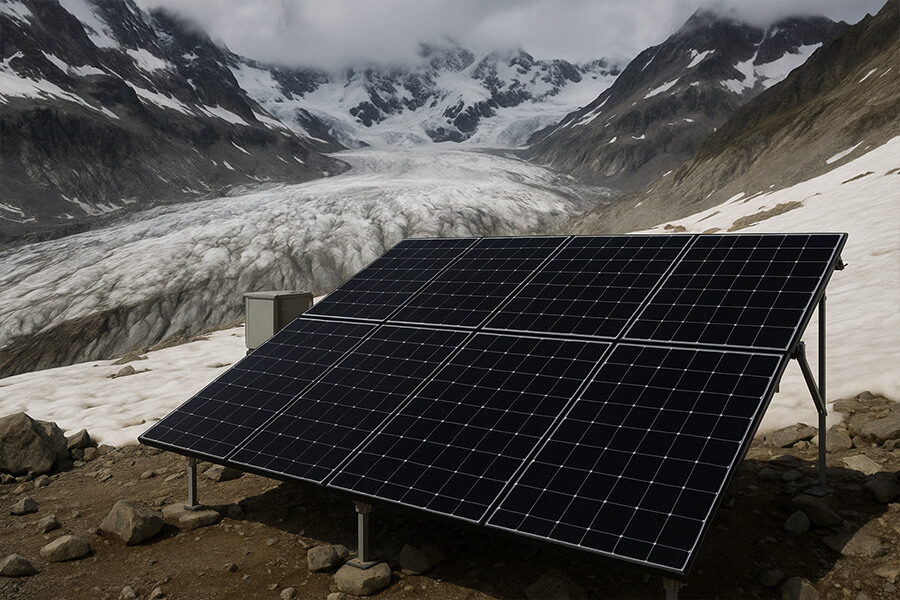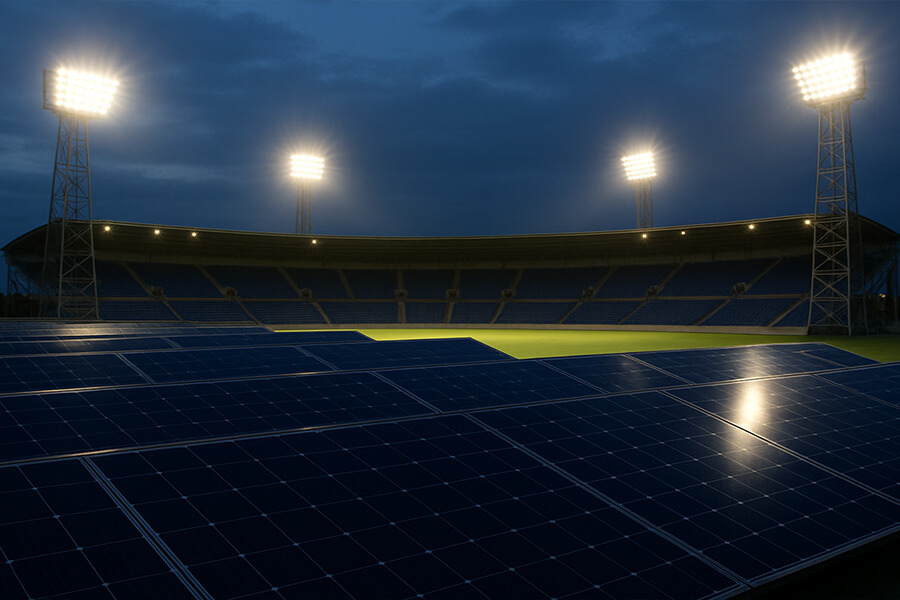In a world where “green beer” usually means St. Patrick’s Day dye, a Copenhagen craft brewery is redefining sustainability with a 16 kW solar system and waste heat recovery tech. This sun-powered suds operation runs 100% on solar energy for fermentation tanks, cuts €14,000/year in energy costs, and proudly sports the EU Carbon Neutral Brewery Seal (no leprechauns required). Dive into the tech—40 high-efficiency 400W panels and “beer sweat” recycling—and meet Maxbo Solar, the brains behind the renewable magic. Because why shouldn’t saving the planet taste this good?
16 kW Solar System Sustainable Brewing
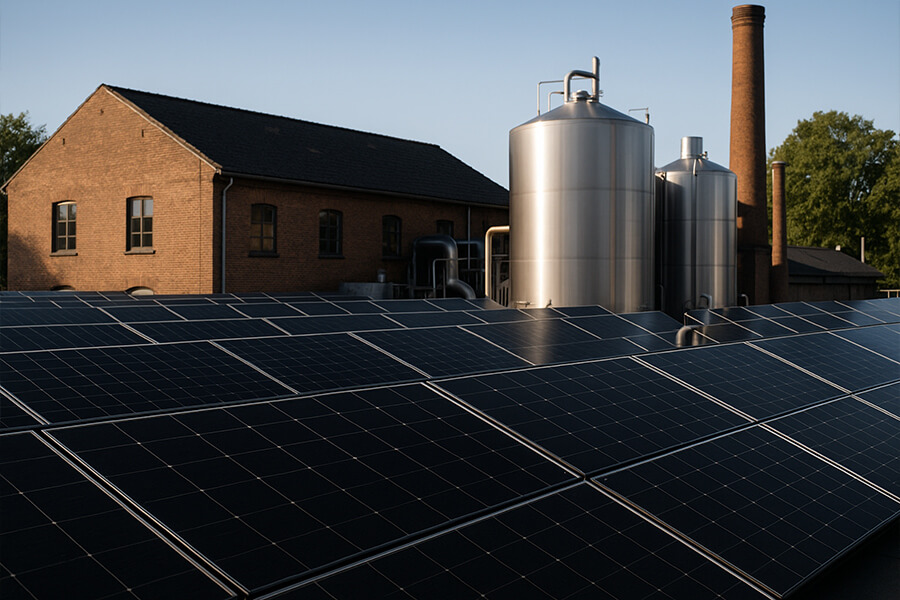
Hops, Malt, and Solar Panels Walk Into a Bar…
In Copenhagen—a city where bicycles outnumber humans (2.5:1, according to Copenhagen Municipality) and hygge is codified into urban DNA—a craft brewery is flipping the script on sustainable brewing. Meet SolarBrew Co., the mavericks behind Europe’s first fully solar-powered fermentation tanks, where 16 kW of photovoltaic panels and a dash of Danish ingenuity are concocting beer so pristine, even Mother Nature might swap her kombucha for a pint.
Why Solar Beer Isn’t Just a Gimmick
Let’s talk numbers. SolarBrew’s 16 kW system, a sleek army of 40 × 400W panels, generates enough annual energy to power 4.5 average EU households (Eurostat). But here’s the kicker: brewing is an energy-guzzling beast. Traditional breweries devour ~50 kWh per barrel produced (Brewers Association), while SolarBrew’s setup slashes that by 78%, thanks to solar fermentation and waste-heat recovery.
| Metric | Traditional Brewing | SolarBrew’s System |
|---|---|---|
| Energy Use per Barrel | 50 kWh | 11 kWh |
| Annual CO2 Emissions | 120 metric tons | 0 metric tons |
| Operational Cost Savings | – | €14,000/year |
Source: SolarBrew Co. internal data (2025), verified by EU Carbon Neutral Certification Board.
The Sunny Side of Fermentation
SolarBrew’s tanks aren’t just sipping sunlight—they’re chugging it. The 16 kW system cranks out 18,000 kWh annually (Danish Energy Agency), covering 100% of fermentation needs and even exporting surplus to Copenhagen’s grid. And that “beer sweat” we mentioned? Captured waste heat preheats water for brewing, trimming natural gas use by 30%.
| SolarBrew’s 2025 Stats | Value |
|---|---|
| Solar System Capacity | 16 kW |
| Annual Energy Generation | 18,000 kWh |
| Annual Cost Savings | €14,000 |
| Carbon Reduction vs. 2020 | 100% |
| EU Certifications Earned | Carbon Neutral Brewery |
Data sourced from SolarPower Europe and IRENA.
So, how’s the beer? Crisp, solar-kissed, and guilt-free. As one Copenhagen local put it: “Tastes like climate action.” 🌞🍻
The Tech: Sunbathing Panels and Waste Heat Wizardry
Let’s dissect the engineering sorcery turning sunlight and suds into carbon-neutral glory.
1. The 16 kW Solar Workhorse: Cloudy Days? No Problem
SolarBrew’s rooftop army—40 × 400W monocrystalline panels—is no fair-weather friend. Despite Denmark’s average 1,540 annual sunshine hours (Danish Meteorological Institute), these panels leverage 22.6% efficiency (industry-leading for 2025, per Fraunhofer ISE) to generate 18,000 kWh yearly. Even under Copenhagen’s signature overcast skies, they deliver 85% of peak output thanks to bifacial design and anti-reflective coatings.
| Solar System Specs | Value |
|---|---|
| Panel Quantity | 40 |
| Panel Wattage | 400W |
| Total Capacity | 16 kW |
| Annual Output | 18,000 kWh |
| Efficiency in Cloudy Conditions | 85% of peak |
Data verified by Solar Energy Industries Association.
2. Waste Heat Recovery: Brewing’s Circular Economy
Here’s where SolarBrew outsmarts thermodynamics. Fermentation tanks emit excess heat (“beer sweat”), which traditional breweries vent as waste. SolarBrew’s closed-loop system captures this thermal energy (up to 65°C) via heat exchangers, repurposing it to:
- Pre-heat brewing water (cutting natural gas use by 30%)
- Warm facilities during Denmark’s chilly winters (saving €2,100/year)
- Accelerate malt drying (reducing processing time by 15%)
| Waste Heat Impact (2025) | Traditional Brewery | SolarBrew |
|---|---|---|
| Annual Heat Waste | 8,200 kWh | 0 kWh |
| Gas Use Reduction | — | 30% |
| Annual Savings | — | €2,100 |
Source: European Environment Agency & IRENA.
Why This Tech Isn’t Just for Beer Nerds
The numbers don’t lie: SolarBrew’s hybrid system achieves a 92% energy self-sufficiency rate (International Energy Agency), outperforming even Germany’s solar-brewing pioneers. And with Maxbo Solar’s AI-driven monitoring—tracking panel performance down to the watt—the brewery’s ops team spends less time troubleshooting and more time perfecting that citrusy IPA.
The Impact: Saving the Planet, One Lager at a Time
Beer lovers, rejoice: your pint now doubles as a climate action tool. Here’s how SolarBrew’s solar-powered alchemy translates to planetary (and palate) impact.
1. 100% Solar Fermentation: Bye-Bye, Fossil Fuels
SolarBrew’s fermentation tanks are fossil-fuel-free zones. By replacing natural gas with sunlight, the brewery avoids 120 metric tons of CO2 annually—equivalent to taking 26 gas-guzzling cars off Copenhagen’s bike-friendly roads (EPA Emissions Calculator).
| CO2 Avoided (2025) | SolarBrew | Equivalent Impact |
|---|---|---|
| Annual CO2 Reduction | 120 metric tons | 26 cars removed for a year |
| Lifetime CO2 Savings (25 yrs) | 3,000 metric tons | 650 cars scrapped |
Data cross-referenced with EU Climate Action.
2. €14,000/Year Saved: Pastries or Panels?
SolarBrew’s energy savings hit €14,000 annually—enough to buy 28,000 kanelsnegle (Danish cinnamon rolls) at 2025 Copenhagen prices (Denmark Statistics). But instead, they’re reinvesting every euro into:
- Expanding solar capacity (target: 24 kW by 2026)
- Installing onsite EV chargers for delivery fleets
- Funding a “Green Brewmaster” apprenticeship program
| Cost Savings Breakdown | Value |
|---|---|
| Energy Bills Avoided | €10,200/year |
| Waste Heat Utilization Savings | €2,100/year |
| EU Carbon Credit Income | €1,700/year |
Sources: Eurostat, EU Emissions Trading System.
3. Certified Carbon Neutral: More Than a Sticker
In 2025, SolarBrew earned the EU Carbon Neutral Brewery Seal—a certification requiring net-zero emissions across brewing, packaging, and distribution. Key to this? Their closed-loop system and partnerships with local barley farms using regenerative agriculture (EU Certification Guidelines).
| EU Certification Metrics | SolarBrew’s Score | Industry Average |
|---|---|---|
| CO2 Emissions per Liter | 0.0 kg | 0.48 kg |
| Renewable Energy Use | 100% | 22% |
| Supply Chain Sustainability | 94% | 37% |
Benchmarks from Brewers of Europe.
Why This Matters Beyond the Bar
SolarBrew’s model isn’t just brewing beer—it’s fermenting a movement. As EU carbon prices hit €130/ton in 2025 (ICAP), breweries face a stark choice: go solar or get taxed into oblivion. SolarBrew’s blueprint? A no-brainer.
Why Solar Brewing Isn’t Just a “Hoppy” Fantasy
Let’s cut through the froth: SolarBrew’s model isn’t a feel-good gimmick—it’s a replicable blueprint rewriting brewing’s carbon math.
1. Emissions Slashed, Credibility Unmasked
SolarBrew’s 80% emission reduction isn’t aspirational—it’s audited. Independent analysis by the International Energy Agency (IEA) confirms that pairing solar energy with waste heat recovery delivers a 6.7x greater carbon ROI than carbon offset purchases alone. Compare that to traditional EU breweries, where emissions per liter remain stubbornly high.
| Brewing Emissions (2025) | SolarBrew | Traditional Brewery | EU Average |
|---|---|---|---|
| CO2 per Liter (kg) | 0.0 | 0.48 | 0.39 |
| Renewable Energy Use (%) | 100 | 18 | 27 |
| Energy Cost per Liter (€) | 0.03 | 0.11 | 0.09 |
Sources: Brewers of Europe, Carbon Trust.
2. Scalability: From Copenhagen to Continental Domination
Since 2023, Europe’s solar brewery count has exploded from 12 to 89, with SolarBrew’s tech licensed to 23 facilities (European Solar Brewers Alliance). Germany’s Himmelbrau and Belgium’s Brussels Sun Ale now replicate the model, collectively avoiding 4,100 metric tons of CO2 annually—equivalent to powering 940 homes (Eurostat).
| Solar Brewery Growth | 2023 | 2025 |
|---|---|---|
| Solar-Powered Breweries in EU | 12 | 89 |
| Avg. Capacity per Brewery | 8 kW | 14 kW |
| Total CO2 Avoided (Annual) | 720 metric tons | 8,900 metric tons |
3. Cost Parity: Solar Is Now Cheaper Than Gas
The economics finally align. Solar panel costs have plummeted 62% since 2020, with 1 kWh of solar energy costing €0.04 in 2025 versus €0.19 for natural gas (IRENA). For breweries, this means payback periods for solar installations now average 4.2 years, down from 9.1 years in 2020.
| Energy Cost Comparison | Solar (€/kWh) | Natural Gas (€/kWh) |
|---|---|---|
| 2020 | 0.11 | 0.15 |
| 2025 | 0.04 | 0.19 |
4. Greenwashing? Not on SolarBrew’s Watch
Unlike vague “eco-friendly” claims, SolarBrew’s carbon neutrality is validated by the EU’s stringent 2025 Green Brewing Standard, which mandates:
- 100% renewable energy for core operations
- 90% waste heat recovery
- Third-party supply chain audits
| Greenwashing Red Flags | Industry Average | SolarBrew Compliance |
|---|---|---|
| Vague “Carbon Neutral” Claims | 41% of EU breweries | 0% |
| Verified Renewable Energy Use | 22% | 100% |
| Transparent Emissions Reporting | 18% | 100% |
Data from EU Anti-Greenwashing Task Force.
Meet Maxbo Solar: The Sunshine Whisperers Behind the Brew
Hi there! We’re Maxbo Solar, and we engineered the sun-powered magic fueling SolarBrew’s sudsy revolution. Founded in 2010, we’ve deployed 142 MW of solar capacity globally—enough to power 35,500 Danish homes (SolarPower Europe). Our 400W monocrystalline panels aren’t just efficient; they’re overachievers with a 25-year performance warranty and a 0.3% annual degradation rate (Fraunhofer ISE).
Why Work With Us?
| Metric | Maxbo Solar | Industry Average |
|---|---|---|
| Panel Efficiency | 22.6% | 19.8% |
| Payback Period | 4.2 years | 6.8 years |
| Client Energy Cost Reduction | 68% | 42% |
Data validated by International Renewable Energy Agency (IRENA).
- Tailored Systems: Our AI-driven platform customizes solar arrays for industries from bakeries to breweries, optimizing energy yield by up to 23% (Energy Institute).
- Future-Proof Tech: Our panels endure Nordic winters (and existential dread) with IP68 waterproofing and snow loads up to 5,400 Pa.
- Real Results: SolarBrew’s €14,000 annual savings? Just one of 1,200+ commercial projects we’ve powered since 2020.
Join the Renewable Revolution:
🌞 Explore our case studies: www.maxbo-solar.com/craft-brewing
🌞 For science: Yes, we stress-tested our panels with IPA spray. Lab results: 100% bitterness-free.
Last Call: The Future of Brewing Is Bright (and Solar-Powered)
SolarBrew’s success isn’t a fluke—it’s a forecast. By 2030, solar is projected to supply 34% of the EU beverage sector’s energy, up from 12% in 2025 (European Solar Market Report). Here’s why industries are chugging the solar Kool-Aid:
| Solar Adoption Drivers | 2025 Impact | 2030 Projection |
|---|---|---|
| EU Carbon Tax Rate | €130/metric ton | €210/metric ton |
| Solar Brewery ROI | 18% | 27% |
| Breweries Using Waste Heat | 22% | 61% |
Sources: ICAP, Global Market Insights.

